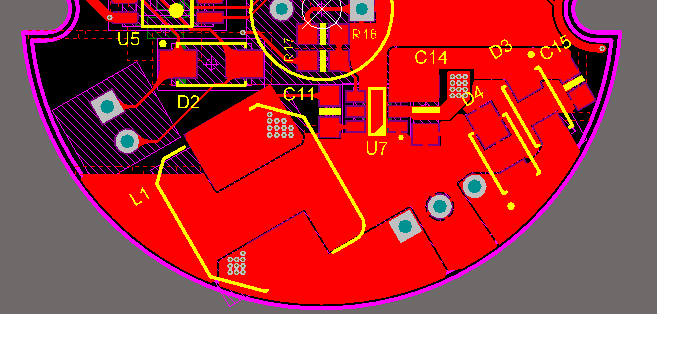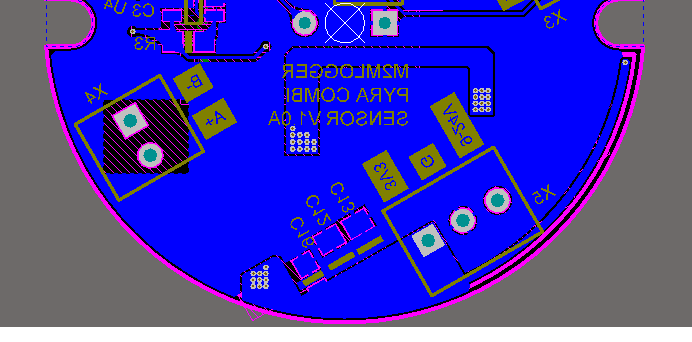We are testing TPS54302 for a new design and plan to implement it in more designs if performs well.
Input = 24V DC / 2A
Output: 3.3V / 2.5A
During the initial testing device was very stable at Heavy Load (2.5A) and Light Loads (200mA), with efficiency of 88-89%. The temperature on the IC and Input Capacitor was observed around 80C with and ambient of 27C. The temperature gets stabilized in 1-2 min of loading and then does not increase further. But we observed following issues:
1. If during operation the IC is touched by hand the output becomes unstable. We came across this situation while doing a quick temperature check of components. I am not sure why the IC becomes so unstable? Does it changes the frequency of operation?
2. While setting up device to check efficiency, the ammeter was connected with circuit in power-up condition (manually by hand). Apparently, IC did not like this and it got damaged (Output and Input became short). To confirm we did exactly the same one more time and again IC got damaged. Third time we connected the setup and then powered up the system and IC worked fine. Not sure why IC is getting damaged in such condition.
3. During testing of additional circuit (Temperature sensor LM87LP), we figured out that sensor was soldered incorrectly (Supply and GND pins were swapped). In this case also the TPS54302 got damaged.
Attaching the schematic for your reference, personally we like the IC for its form factor and efficiency, but it gets damaged again and hence we are not getting lot of confidence. I understand that we should not be touching operational components by hand but in field condition we will not have much control. In north India ESD is not of a factor, but even if that is a root cause then we want to know and make suitable provision for the same. Previously, we were using LM2596-ADJ, but form factor and commercials are not working out for that part so we want to replace it with small, efficient and cost effective solution.
Pretty sure we are missing something.
Please suggest.




